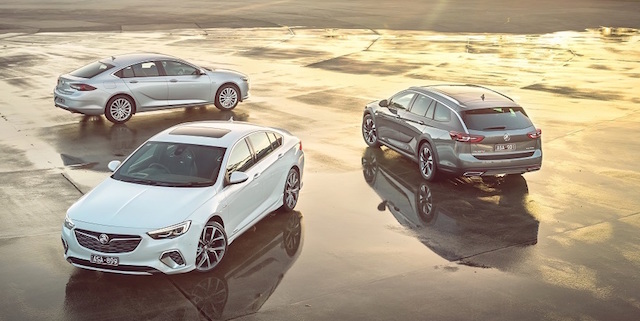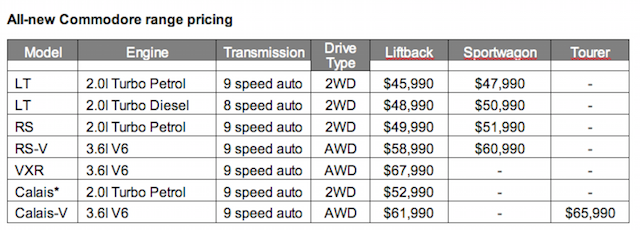
Holden has used the official unveiling of the new German-built Commodore range to outline its $50 million investment into the future of the brand in New Zealand.
The asset boost includes 16 new builds, among them the Auckland-based Holden Training Academy for the carmaker’s 1400 NZ staff, and upgrades to the brand’s 51 outlets around the country.
It also includes investment in parent company General Motors’ OnStar technology, a bundle of connectivity services that will enable every new Holden from late next year to be a mobile WiFi station.
GM International president Barry Engle (above) said vehicle connectivity is the beginning of its pathway towards realising GM’s vision for a future with ‘three zeros’ – zero collisions, zero congestion and zero emissions.
“The connectivity of today’s cars to its users as well as infrastructure is the first important step towards this mobility future,” he said. “OnStar technology is a key investment in Holden’s very exciting future in New Zealand.“
Engle, 53, was here to take the wraps off the Commodore and open the training centre, near Auckland airport. He is on his way to South Korea for talks with its government about the future of GM’s operations there.
GM chairperson and CEO Mary Barra said earlier this month that the company was “going to have to take actions going forward to have a viable business” in South Korea. She said the measures “may result in some rationalisation actions or restructuring.”
GM Korea generated around US$1.84 billion in net losses over the three years from 2014 to 2016, with a 2017 deficit estimated at around US$552 million – similar to 2016 levels. There have been reports that, amid the deteriorating performance, GM is likely to pull out of South Korea.
The new Commodore goes on sale in NZ next month. It comes in three bodystyles – Liftback, Sportwagon and Tourer – and with three engine options: four-cylinder 2.0-litre turbocharged petrol, four-cylinder 2.0-litre turbocharged diesel, and 3.6-litre naturally aspirated petrol V6.
The 2.0-litre engines drive the front wheels and the 3.6-litre all four. The petrol engines are mated to a nine-speed automatic transmission, the 2.0-litre diesel to an eight-speeder.
“This new generation of Commodore will redefine one of GM’s most famous nameplates,” said Engle. “Commodore is now a true global car for GM, and offers levels of technology, engine options and bodystyles that will challenge perceptions of the car.”
The diesel is a first for Commodore, so too all-wheel drive (AWD). The premium Commodore is the Calais-V Tourer with a raised ride height and AWD.
Holden NZ managing director Kristian Aquilina said the new line-up was the most important change in Commodore’s 40-year history.
“The brief to GM’s designers and engineers was simple: create a beautiful car that give us a major step change in fuel economy, safety, functionality and technology. They gave us the most advanced Commodore ever,” Aquilina said.
- GM’s ‘three zeros’ vision centres largely around electric cars and future self-driving tech, where people can share cars. GM already has its car-sharing programme, ‘Maven.’ Maven operates in most major US cities and just this week set up in Canada, in Toronto. It enables people to rent GM models by the hour. “Sharing is such a societal need,” says Maven chief Julia Steyn.

- But what does Engle (right) think of car sharing. “There’s no doubt that there’s some very disruptive forces occurring within the industry that will impact on the future of transportation and how people move themselves from one point to another. Will everyone end up converting to a shared ownership model? Probably not. But there will be people, particularly in heavily congested urban areas, where, at times, owning a car can be a bit of an inconvenience. Yet even for those people there are moments when they still need a vehicle. And so Maven for them is perfect.”


